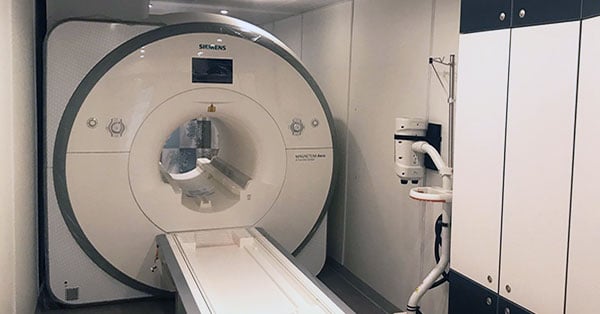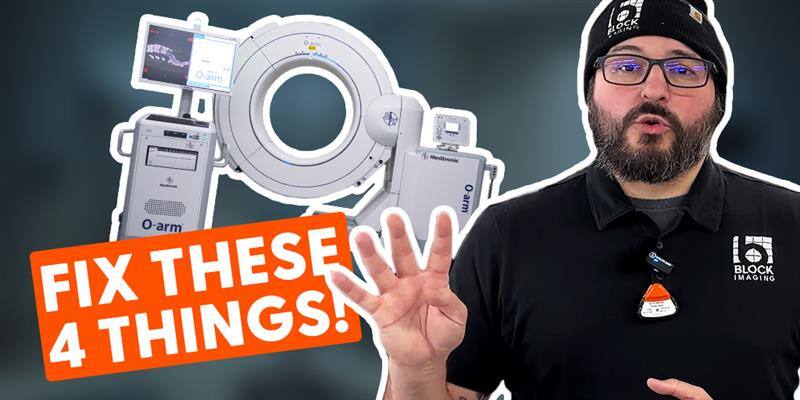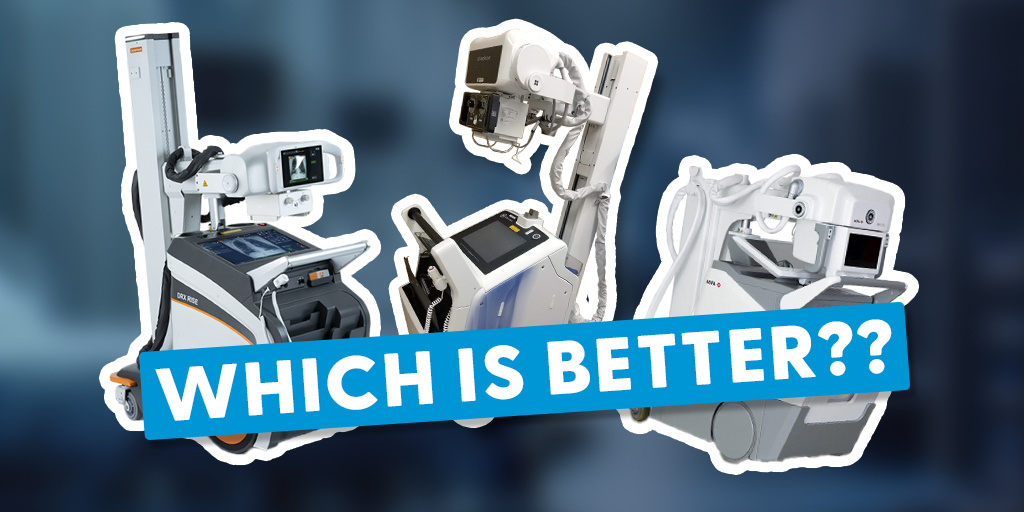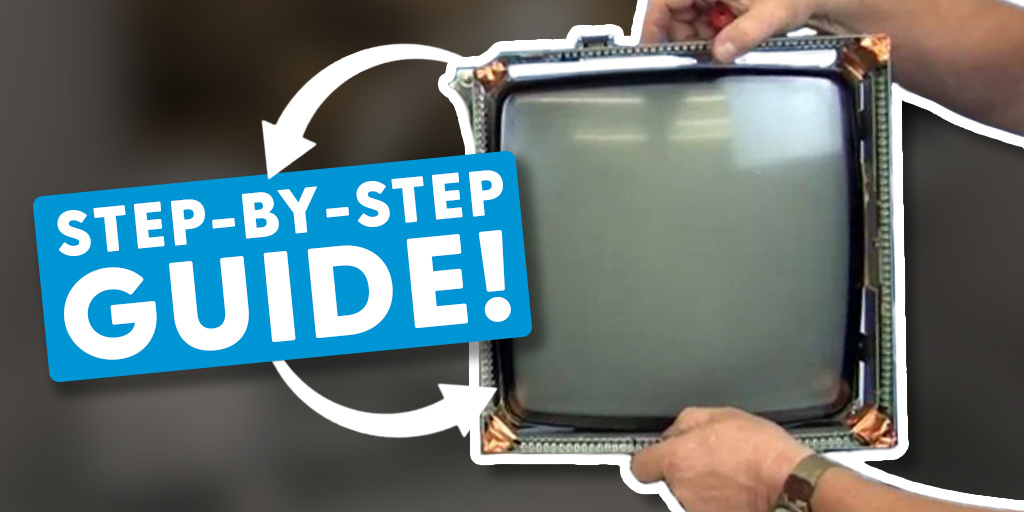
When buying an MRI, it's always best to seriously assess your needs before you commit a lot of money to something that has a lot of excess functionality. 3.0T magnets, latest-and-greatest software options, double (or even triple) RF channels; the tech is tempting but, in most cases, unnecessary.
the case for used mri
Does Doubling Your Field Really Double Your Yield?
The 1.5T short-bore MRI is still the most popular MRI in use worldwide. From where we sit, this doesn’t appear to be changing anytime soon and has pretty much been the case for years.
A 3T MRI will give you good image quality, and if you’re doing research or have specific studies that involve sophisticated neurovascular or cardiac work you might want to check into it.
By and large, however, 95% of the scans routinely performed with MRI can be done easily, economically, and accurately with a 10-year-old, 1.5T, short-bore MRI. Remember, it is still an MRI study and reimbursement won’t go up just because you have a 3T!
Why Not Just Leave it There?
As long as your MRI is a short bore (1.7 meters or less), well cared for, and has rounded covers (as most all post-2000 short bores do) from a purely aesthetic standpoint it will still look current, even if it is 10 years old.
And when you take it down to its core, consider that it's a giant magnet that will most likely never wear out.
That’s incidentally one reason why MRIs aren’t “refurbished” to the extent that other modalities like CTs and C-Arms are. They just don’t take the beating. And thank goodness that 10,000 pound magnet isn’t spinning anyway. What does often happen is a system upgrade. This is an area of opportunity that is sometimes overlooked.
A Brand New Life
What if you took that GE 1.5T EXCITE HD unit you’ve been scanning with for years and turned it into an HDXT?
If you want better SNR, you can certainly do it with a 3T, but you can also cut the “noise” with multi-channel MRI coils and still boost the ratio and increase image quality. And you can do it a lot less expensively and without major disruption to your room. That big magnet just stays right there.
The Short-Bore Encore (and Parts Galore)
Even if you don’t choose to upgrade right away, as long as you have that short bore magnet (CXK4 for GE, OR70 for Siemens, F2000 for Philips) you still have current magnet technology and the system itself is serviceable for years to come.
Even if the OEM stopped stocking parts tomorrow, GE 1.5T CXK4s, Siemens Symphonies and Philips Interas are kind of like Ford Mustangs are to car enthusiasts – so popular that finding parts on the secondary market is never a problem. Call Block Imaging Parts and Service to test them on that.
So if you’re adding MRI to your facility, in the market for a 2nd unit, trying to increase your image quality, or just trying to keep capital expenditures down, you are missing a great opportunity if pre-owned MRI systems and/or upgrades aren’t a part of your plans. Reach out to us to discuss the many options you have.

Steve Rentz
Steve Rentz is the Product Manager for MRI Scanners at Block Imaging. Steve's goal is to earn each customer's trust and business by specifically addressing the needs of their unique project. When Steve is not helping customers with their MRI needs, he enjoys running, swimming, and woodworking.





